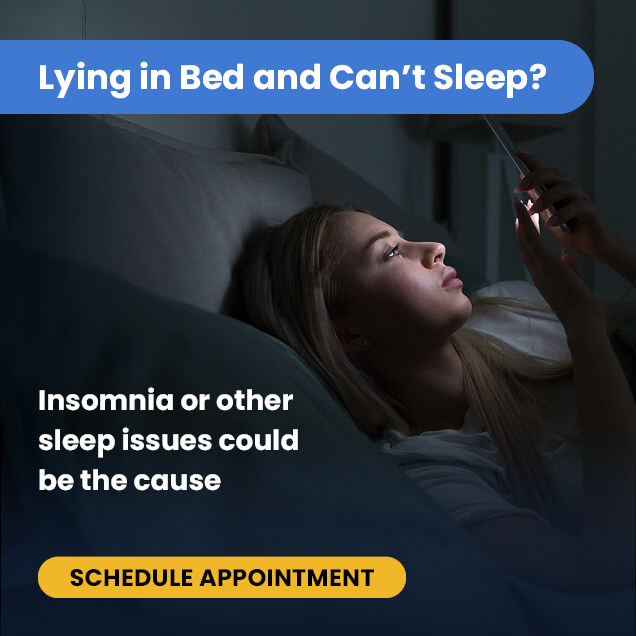What You Should Know About Infant Sleep | What is Sleep Regression? | What Causes Sleep Regression? | What are the Signs of Sleep Regression? | What Age Does a Baby Experience Sleep Regression? | Tips on How to Manage Sleep Regression
Overview
It can be highly frustrating for parents when their babies, who usually have no trouble napping all night, suddenly start crying and wake up frequently. Don’t be agitated!
There is a possibility that your baby is experiencing infant sleep regression, which is perfectly normal and should pass with time.
This article will elaborate on what you should know about sleep regression, infant sleep, and tips on improving your baby’s sleep.
What You Should Know About Infant Sleep
Babies spend a lot of time sleeping. Babies typically sleep 14-17 hours daily, usually split between daytime and night naps.[1]
However, sleep patterns alter in the first year of a baby’s life. These changes affect the number of hours spent sleeping and the duration of sleep intervals day and night.[2] Typically, sleeping time will reduce as your baby grows.[1]
What is Sleep Regression?
Sleep regression is a period, typically two to four weeks, during which a baby who has been sleeping well starts having trouble falling asleep or wakes up crying during the night.
What Causes Sleep Regression?
Although there is a lack of current research on sleep regression, some studies suggest that infant sleep regression is a reaction to the developmental changes that occur during the first few years of a child’s life.[3][4]
Generally, babies do not have a developed circadian rhythm.[5] Their sleep patterns may suddenly shift as they begin establishing their circadian rhythms.
They may transition from more prolonged stretches of sleep at night to frequent awakenings during the day. Furthermore, a study reveals that periods of change in sleep patterns and behavioral patterns commonly coincide.[3]
Similarly, another case study suggests that sleep regression may occur concurrently with developmental brain changes between 2 and 21 months.[4]
Additionally, experts believe that babies may experience sleep regression because of the following factors:
- A growth surge that makes infants more hungry
- Attaining a developmental milestone
- Teething
- Frequent disruptions, such as starting daycare, and traveling, may necessitate sleeping in an unfamiliar environment
What are the Signs of Sleep Regression?
You may notice one or more of these symptoms if your baby has an episode of sleep regression:
- A change in usual sleep pattern
- Trouble falling asleep
- A reduction in the duration of sleep
- Frequent night-time awakenings with fussing and crying
These symptoms may last for an average of 2-4 weeks. Typically, after this period, your baby’s sleep pattern will become more stable.
What Age Does a Baby Experience Sleep Regression?
As with most things about infants, the timing and duration of sleep regressions can vary. However, most experts believe that the most frequent regressions happen at a specific period due to rapid growth, attaining new developmental milestones, or teething. These periods of sleep regression include:
- Three to Four-Month Sleep Regression: The feared “four-month sleep regression” is typically the most challenging for parents because it’s the first time their child experiences it. Many factors contribute to a baby’s inability to fall or stay asleep at this age, including the discomfort caused by teething, the hunger associated with growth spurts, and the thrills of rolling over for the first time. Also, most babies typically will tend to sleep for fewer hours after the resolution of this regression. The four-month sleep regression is a stepping stone into a more mature sleeping pattern for babies.[4]
- Six-Month Sleep Regression: It’s usually a transitory regression.[3] In most cases, babies around this age wake up multiple times throughout the night because they are hungry and need to refuel the calories burnt while playing during the day.
- Eight to Ten-Month Sleep Regression: Most infants start crawling at nine months, although some begin earlier or later. Also, most babies start standing around this period. Additionally, separation anxiety is typical (and entirely acceptable) around this age. These factors may drive your infant to wake up in the middle of the night, seeking your assurance.
- Twelve-Month Sleep Regression: Babies begin to stand up sometime between nine and 12 months. Others start to walk around the one-year mark. These significant milestones can momentarily interfere with your baby’s sleep.
- Eighteen-Month Sleep Regression: It’s usually due to babies developing an adult pattern circadian rhythm. Also, separation anxiety and a desire to play may cause sleep regression at this stage.
- Two-Year Sleep Regression: In most cases, the sleep regression that occurs after two years is the final episode.[4] Possible causes of sleep regression at this stage include:
- Changes in a child’s environment, like transitioning to a toddler bed or potty training, can trigger a return of separation anxiety
- Nightmares, night terrors, and an overwhelming fear of the dark
Furthermore, toddlers may experience nap regression at this stage. Typically, toddlers this age nap in the afternoon, but some may begin to reject this afternoon snooze.
Tips on How to Manage Sleep Regression
Thankfully, sleep regression is temporary. Typically, babies will return to a consistent sleep pattern after a few weeks. Here are some tips to help you brace through those moments and improve your baby’s sleep. They include:
- Feed Your Baby Adequately: Make sure that your infant gets enough to eat during the day so that they do not wake up during the night or in the middle of a nap feeling hungry.
- Consider Sleep Training: You can try sleep training if your baby is at least four to six months old. The goal of sleep training is to help your baby sleep without assistance. The American Academy of Pediatrics approves the practice of sleep training known as “graduated extinction.” With this method, you gradually lengthen the time you wait to attend to your baby’s cries after putting them to sleep.
- Know Your Baby’s Sleep Cues: You should keep an eye out for your baby’s sleep cues, such as wiping the eyes, fussiness, and yawning, so that you can put your baby to bed early.
- Create an Ideal Environment for Sleep: Before the baby’s bedtime, limit their time in front of the television and time spent playing with their toys. Instead, try reading a book or singing a lullaby to help them sleep.
When to See your Doctor
Sleep regression is a transient condition. If your baby’s sleep troubles don’t diminish in a few weeks, you should see your pediatrician as soon as possible.
References:
- Paruthi, S., Brooks, L. J., D’Ambrosio, C., Hall, W. A., Kotagal, S., Lloyd, R. M., Malow, B. A., Maski, K., Nichols, C., Quan, S. F., Rosen, C. L., Troester, M. M., & Wise, M. S. (2016). Recommended Amount of Sleep for Pediatric Populations: A Consensus Statement of the American Academy of Sleep Medicine. Journal of clinical sleep medicine: JCSM : official publication of the American Academy of Sleep Medicine, 12(6), 785–786. https://doi.org/10.5664/jcsm.5866
- S;, Bathory E;Tomopoulos. “Sleep Regulation, Physiology and Development, Sleep Duration and Patterns, and Sleep Hygiene in Infants, Toddlers, and Preschool-Age Children.” Current Problems in Pediatric and Adolescent Health Care, U.S. National Library of Medicine, https://pubmed.ncbi.nlm.nih.gov/28117135/.
- “Infantile Regressions: Disorganization and the Onset of Transition Periods.” Taylor & Francis, https://www.tandfonline.com/doi/abs/10.1080/02646839208403946.
- Sadurní, Marta, and Carlos Rostan. “Regression Periods in Infancy: A Case Study from Catalonia.” The Spanish Journal of Psychology, U.S. National Library of Medicine, May 2002, https://www.ncbi.nlm.nih.gov/pubmed/12025364.
- S;, Reddy S;Reddy V;Sharma. “Physiology, Circadian Rhythm.” National Center for Biotechnology Information, U.S. National Library of Medicine, https://pubmed.ncbi.nlm.nih.gov/30137792/.






